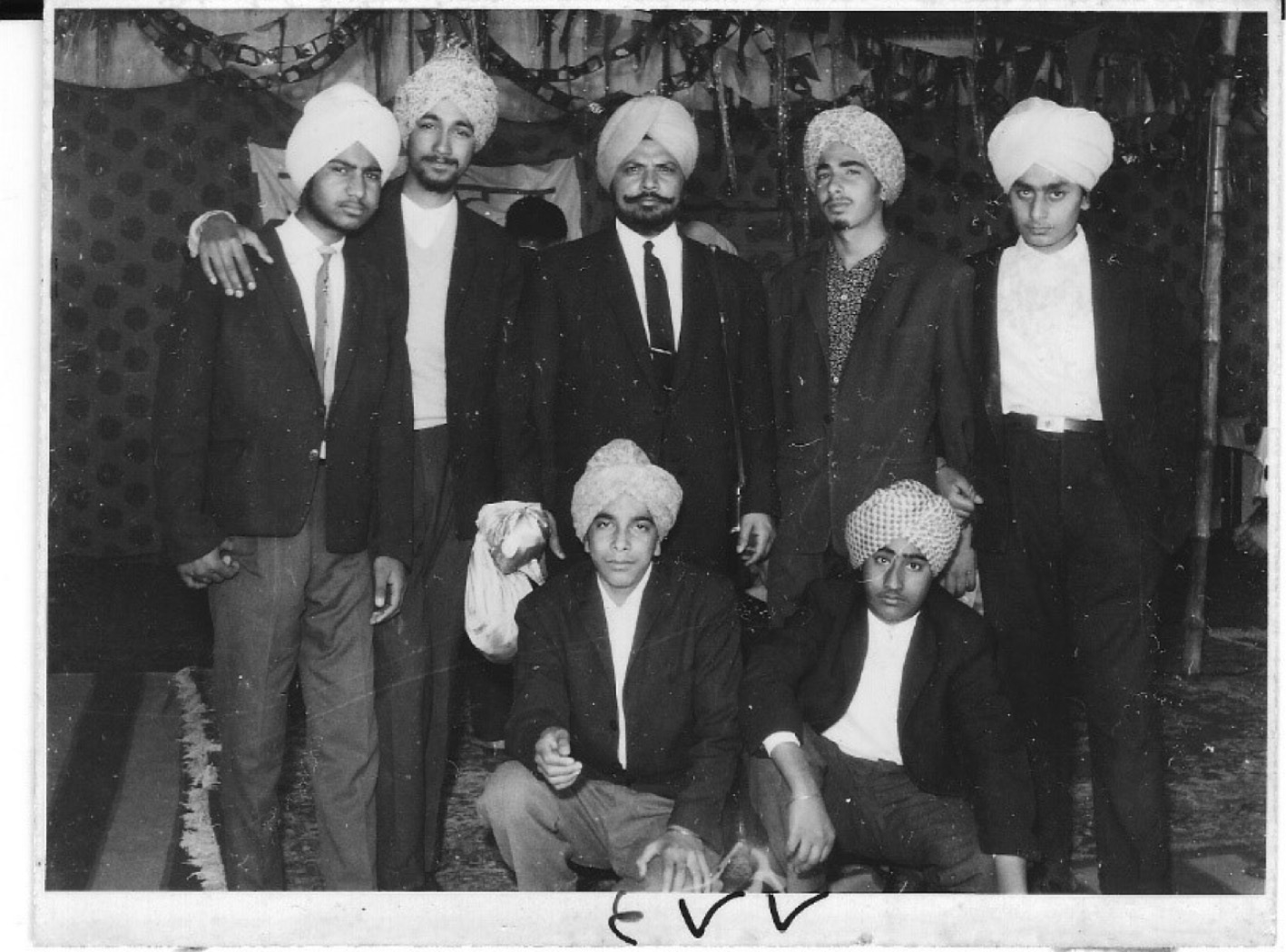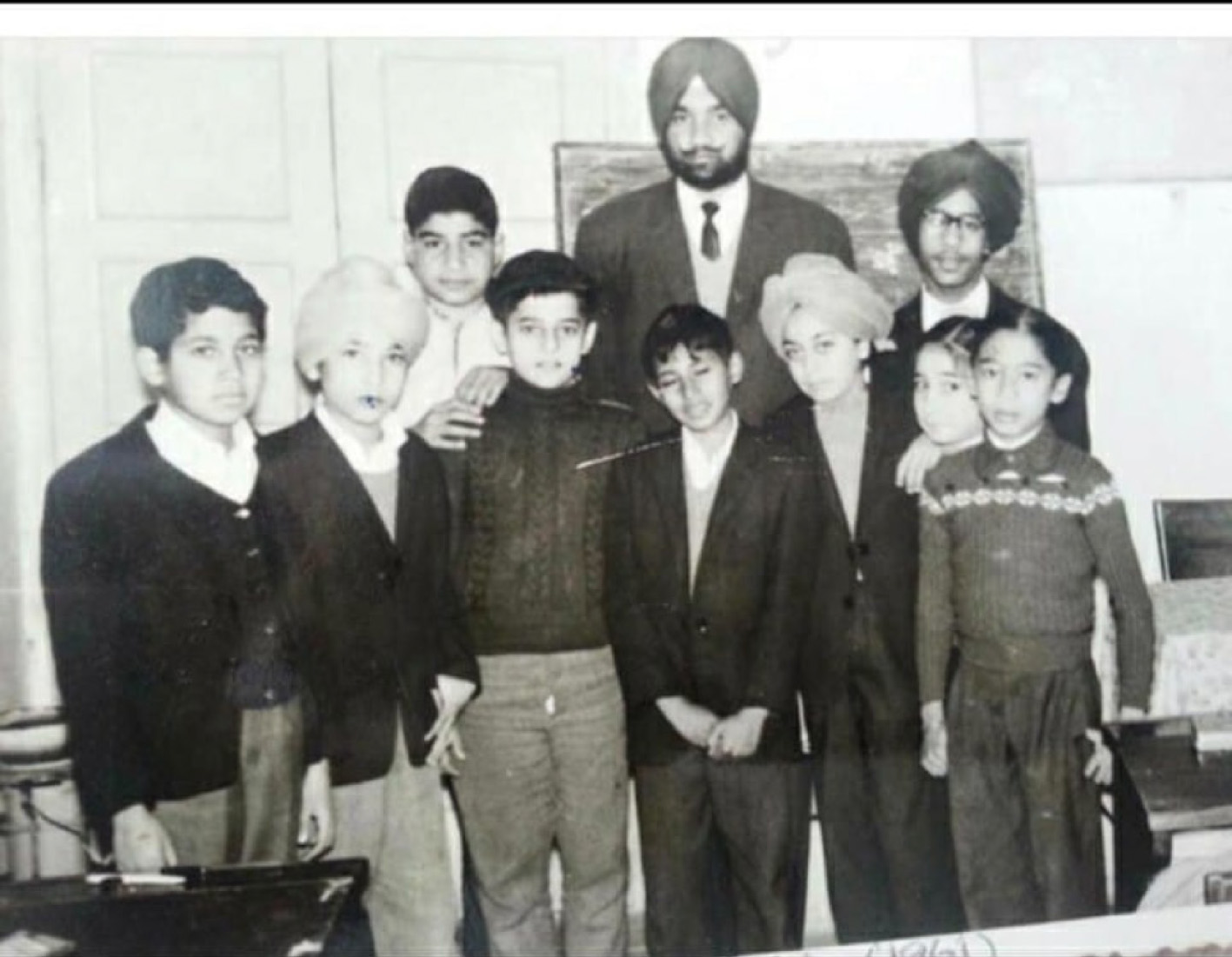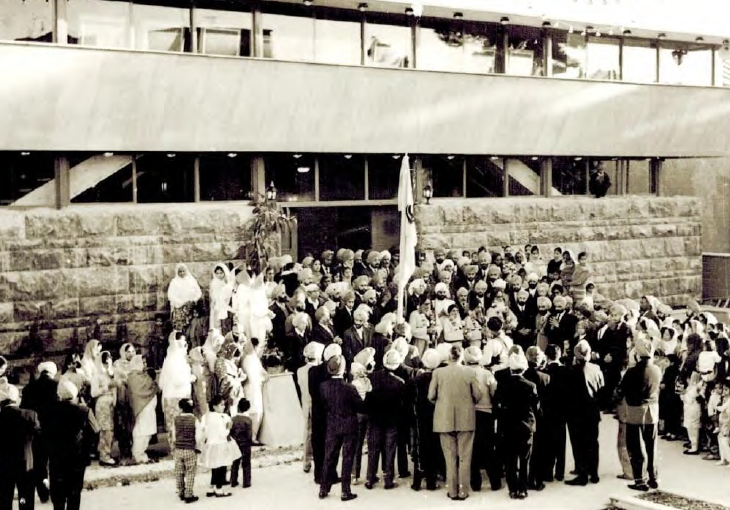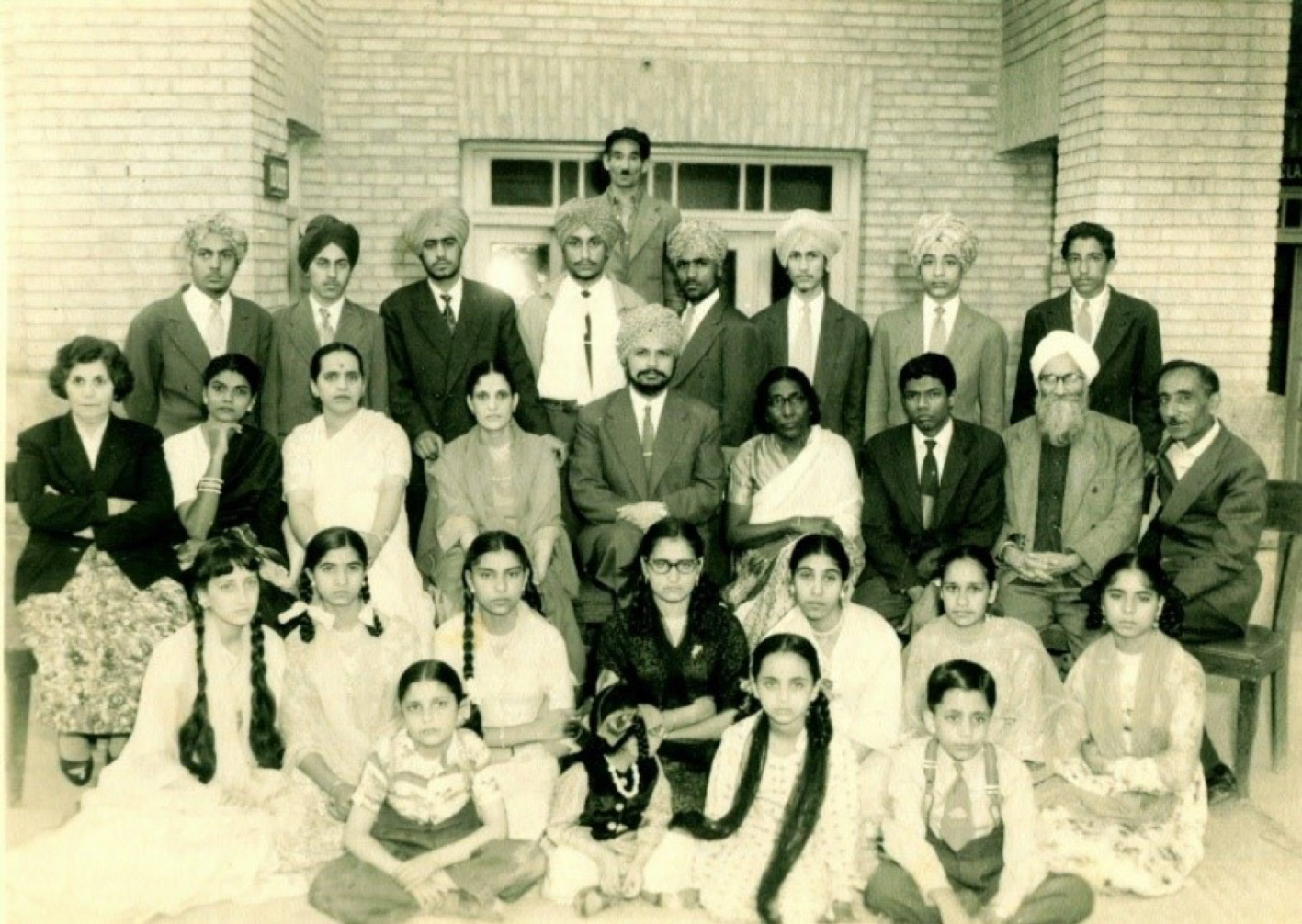POTHOHARIS
IN IRAN
ਮਰਾਸੀਆਂ ਨਾਂ ਪੁਤਰ ਰੋਸੀ ਵੀ ਸੁਰੈੈ ਵਿਚ
Marasian na putar rosi vi suray vich.
One always behaves the way he is used to.
Although there were a handful of Sikhs living in Iran from the turn of the century, it wasn’t until the 1920s that a definite community in Zahedan (formally known as Dozaab) became established. One of the earliest large-scale businesses in Zahedan was a Chevrolet Truck agency set up by Sardar Sujan Singh.
In order to protect trade interests, particularly in the wake of the first world war, a strategic railway link was designed to connect the city of Quetta, Baluchistan to Zahedan, Iran. It was an astonishing feat of engineering: the 1,394 kilometres of track eventually took 11 years of construction, and required engineering expertise pulled from all corners of the globe to design tracks suitable for high mountains, deep ravines and sprawling forests. It’s unique design and functionality earned the railway an entry on the UNESCO World Heritage List.
Enterprising people from the Pothohar region could see the opportunity, and more people began to arrive in Zahedan to seek work on the railway. Other businesses soon flourished, and some Sikh soldiers were given trucks as reparations for their service in the first world war, and made a living transporting goods up and down from Panjab to Zahedan. As Sikhs began to establish themselves around this small area of Iran, they built a gurdwara and a school. Partition brought a further small influx of Sikhs to Zahedan. As the community grew they spread to other cities including Tehran and even other Middle Eastern countries such as Kuwait. Following the Islamic Revolution of the late 1970s many families started to leave and the once thriving community is now reduced to just a handful of families. Today there is a thriving community of Pothohari Sikhs formerly from Iran in London.
“The Indians, particularly Sikh workers, building the railway were somehow involved in the establishing and developing of this city by building their houses there and starting new
businesses.”
Farideh Okati, The Iranian Journal of Language Issues, 2015



